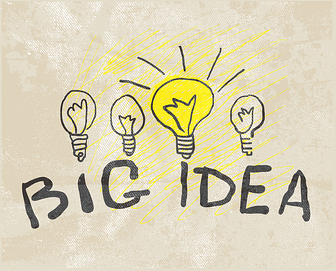 The Open University recently released a report on the new innovations in teaching, learning and assessments which are changing higher education at large. While the report outlines the ten eLearning pedagogy innovations that are predicated to profoundly impact the way post-secondary students learn, there are three that we believe will have the most immediate impact in areas where institutional learning takes place. It is important to take note that while this report was written for an education audience, the pedagogical innovations have similar implications for corporate, healthcare and government environments as well. Let’s take a closer look at how Massive Open Social Learning, Learning Analytics and Blended Learning will influence the way we learn.
The Open University recently released a report on the new innovations in teaching, learning and assessments which are changing higher education at large. While the report outlines the ten eLearning pedagogy innovations that are predicated to profoundly impact the way post-secondary students learn, there are three that we believe will have the most immediate impact in areas where institutional learning takes place. It is important to take note that while this report was written for an education audience, the pedagogical innovations have similar implications for corporate, healthcare and government environments as well. Let’s take a closer look at how Massive Open Social Learning, Learning Analytics and Blended Learning will influence the way we learn.
Massive Open Social Learning
Massive open social learning is a concept that extends beyond massive open online courses (MOOCs) by taking advantage of the ‘network effect’. In other words, by utilizing the social networking capabilities that Web 2.0 brings, the MOOC experience will improve as more people engage in them. According to the Open University, Massive Open Social Learning is just beginning to leverage the power of networks as thousands of learners engage in productive discourse and create shared projects that build on pre-existing knowledge.
One of the key challenges currently being addressed in massive open social learning is information overload. When successful, discussions can reach up to over 15,000 comments causing an overwhelming experience for learners. One way to mitigate this is for MOOC designers to create smaller groups with focused discussion topics equipped with rating systems that push popular comments to the top.
Learning Analytics
The second pedagogical innovation identified to head massive change is learning analytics and how it will guide learning design. Arguably first introduced by Salman Khan, learning analytics utilizes the data aggregated in learning management systems when students engage in eLearning. Without getting too technical, the data collected can direct teachers to where students are excelling and more importantly where they are having difficulty. Knowing where many students are having difficulties in a course will help the educator to improve the way certain subject matter is taught. This data can also be cross-referenced with data from student information systems to build a more complete picture of the student experience.
Blended Learning—the Flipped Classroom
Blended learning turns the classroom on its head by utilizing the most helpful learning techniques in both face-to-face and online learning environments. Instead of teaching learning outcomes in the classroom, the educator provides instructional videos and presentations that can be accessed online from home. In class activity then focuses on delving deeper into the material and applying concepts in creative group activities to test understanding. The Open University points out that enterprises are also beginning to recognize the benefits of blended learning and are thus incorporating this pedagogical model into conferences and training.
To learn more about how you can begin incorporating innovative eLearning pedagogy methods into your organization, give us a call today. Additionally, you can check out our Guide to Accessible eLearning:






